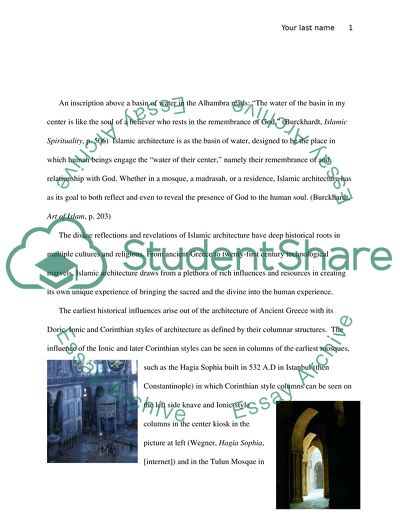Cite this document
(Islamic Architecture: An Engagement of the Divine in the Human Essay, n.d.)
Islamic Architecture: An Engagement of the Divine in the Human Essay. https://studentshare.org/architecture/1547802-islamic-architecture
Islamic Architecture: An Engagement of the Divine in the Human Essay. https://studentshare.org/architecture/1547802-islamic-architecture
(Islamic Architecture: An Engagement of the Divine in the Human Essay)
Islamic Architecture: An Engagement of the Divine in the Human Essay. https://studentshare.org/architecture/1547802-islamic-architecture.
Islamic Architecture: An Engagement of the Divine in the Human Essay. https://studentshare.org/architecture/1547802-islamic-architecture.
“Islamic Architecture: An Engagement of the Divine in the Human Essay”. https://studentshare.org/architecture/1547802-islamic-architecture.


